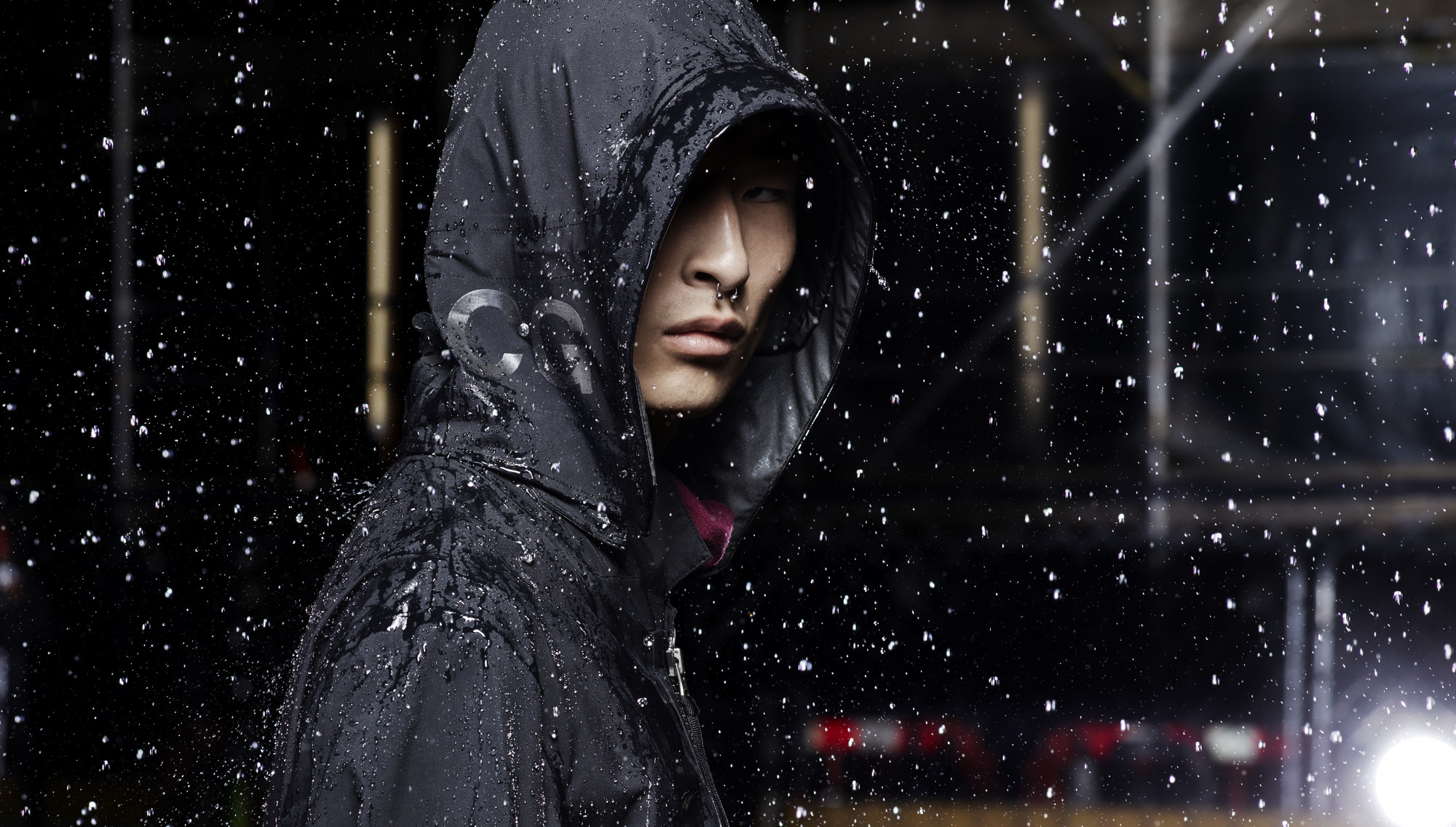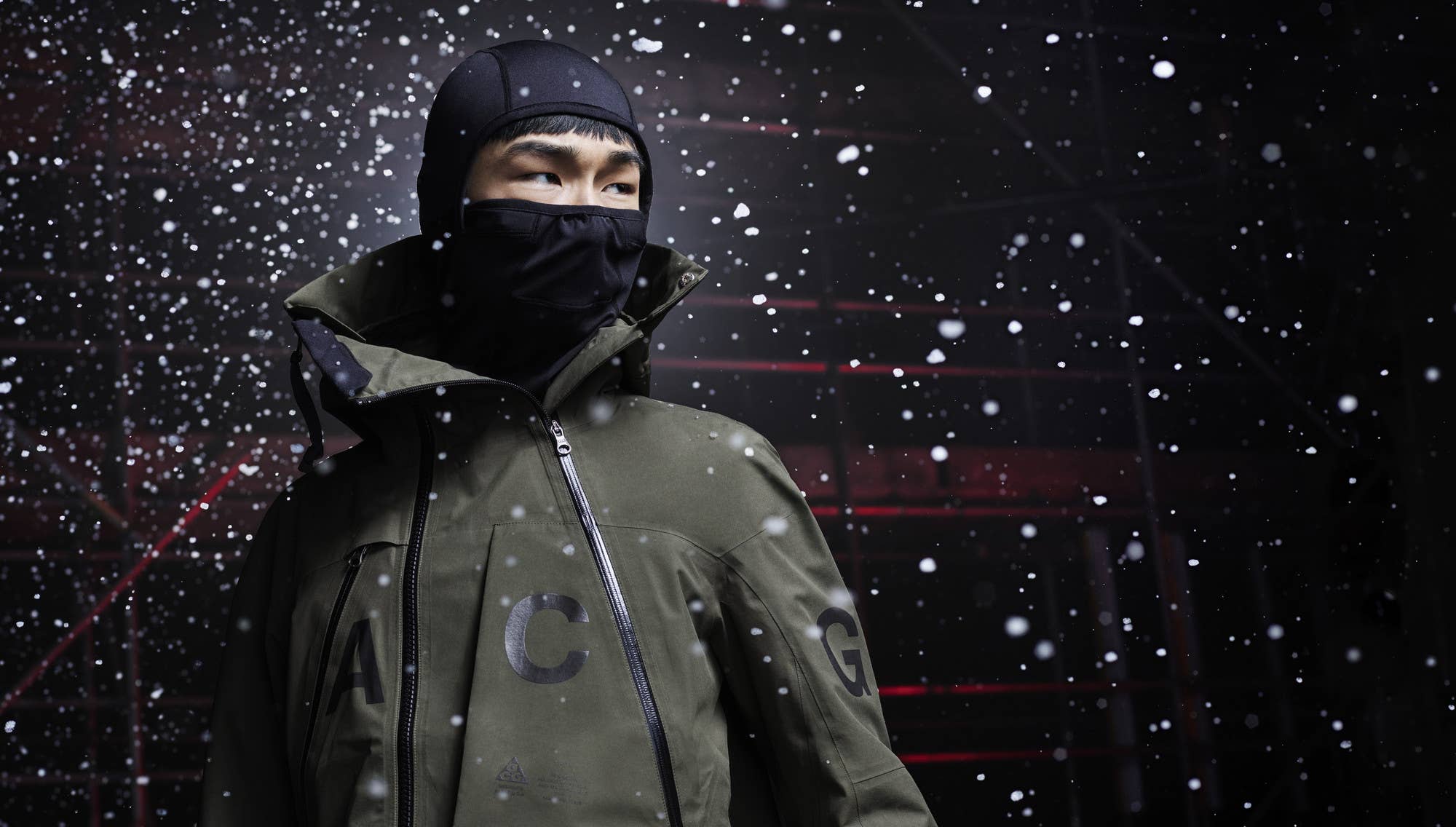
"Collaboration" is something of a tired word in the lexicon of sportswear companies. What once indicated a genuinely special project and an exchange of ideas is too frequently these days tacked onto a model or collection as a quick marketing move. One of the exceptions to this is Acronym's ongoing work with Nike, which has taken the shape of footwear capsules (2015's Lunar Force 1s and 2016's Prestos) and ACG apparel.
Nike's let Acronym borrow classics from its archives for the sake of teched-out updates, and the Swoosh in turn learned from Acronym by taking advantage of its modular apparel. In this interview, Acronym co-founder Errolson Hugh discusses the two-way exchange of ideas, the reception of his sought-after Presto design, and more.
This idea of the apparel systems and modularity is obviously really central to what you do at Acronym. How did it feel to lend some of that to Nike with this ACG stuff?
It’s a perfect fit actually, Nike and Acronym, although they are completely opposites ends of the spectrum scale wise. We were initially like, “I’m sure this will work really well.” Nike is obviously Nike, but we have the same kind of design ethos, the same kind of goals as far as technicality and quality and delivering the absolute best that’s possible. I didn’t have to do any explaining, you know? We wanted the same thing.
Have you seen a lot of people coming back to Acronym after being introduced to it through Nike?
There’s definitely an uptick in popularity, particularly after the shoe releases; we’re definitely seeing all kinds of new customers. The great thing about it for us is that it’s quite difficult for us to make something that’s anywhere near what Nike can deliver in terms of affordability, so it gives a different level—a different type of consumer. It’s like a nice introduction to the brand and it’s really cool to make something that can get out onto the street in that kind of quantity. Acronym is super specialized in the manufacturing—every aspect prevents it from kind of becoming that widespread—so it’s great to have that opportunity.
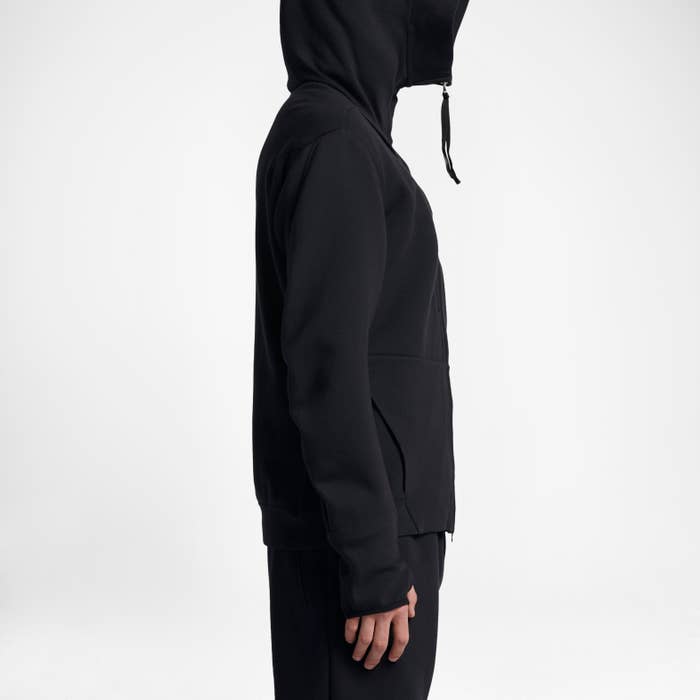
How much time did you spend out in Beaverton at the Nike World Headquarters while working with them?
I’m usually there two or three times per season for a number of days, but the first time I was at Nike in Beaverton was 2004. I’ve been there a lot, but most of the work on ACG we actually do, like the time-consuming work, we do in our studio in Berlin. We develop the first prototypes and the first patterns there. By the time we hand off the design and patterns to Nike, we’ll already have done anywhere from seven to 10 prototypes at our studio and then they’ll do another three or four rounds of prototypes with their factories on their end. After that we end up with the final product, so a lot of communication and interaction goes into every style.
In your time out there are you seeing things in the Innovation Kitchen that are coming and just kinda being blown away? Things that you can’t talk about?
Yeah, non-disclosure agreements are a big deal at Nike [laughs].
I’m not asking for any specifics, I’m just thinking about your reaction to seeing stuff like that.
All the time, constantly. I mean collaborations ideally should be both parties learning from each other. We definitely feel that way about them and I hope they feel the same way about us. We’ve already designed the next two seasons actually—we’re always looking into the future.
With the apparel you can really see the Acronym influence. How much input do you have on the footwear for these ranges?
That’s considerably less. We’re not footwear designers, so the internal specialists at Nike handle that. The new shoes were designed by Darryl Matthews and Gerald Sullivan, as far as I know, both working under Nate Jobe. They’ve shown us the development. The timeline is also very different. Footwear design is a different science than apparel design, so we get to see all the prototypes and the development and talk to them about it. It’s super fascinating. We’re learning a lot there, obviously.
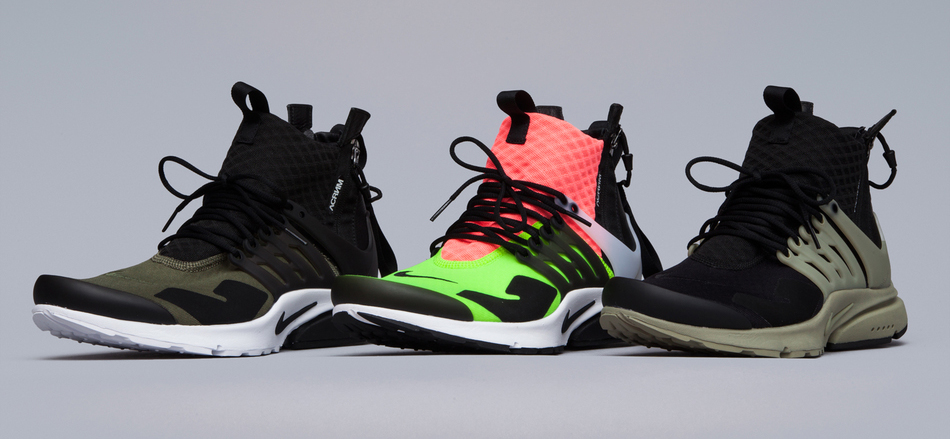
Shifting back to previous Nike projects of yours, the Presto made a ton of noise this year. A lot of people in our circles are even calling it the sneaker of the year. How do you feel about that?
Good! [laughs] I feel good about that, keep saying that.
Do you agree with that?
I have to obviously. Sneaker of the decade! We were super surprised by the reaction, and we thought they were strong, and we really liked them ourselves. But we’re really pleased and super humbled by how fanatic people have become and the amount of mail we still get from people still trying to get it. It’s really rewarding and great to see.
How much pressure comes with remaking a shoe like the Presto that’s obviously a classic?
A lot, actually. It’s a huge amount of pressure. You just want to make sure you deliver something legitimate. Any of these projects we’ve done with Nike, whether it’s the Air Force 1 or ACG, they’re all cultural icons and they mean so much to people. You gotta bring your A-game to these things. You just can’t do a bad job; it’s gotta be amazing. Every time we work with Nike that’s definitely a huge part of it.
Are there certain design elements you have to respect on a model like the Presto? Are there certain guidelines or things you can’t do to the shoe?
Everyone is remarkably open minded about the whole thing. We’re always asking “If we take this off, what happens? Does it decrease wearability?” The Presto, for example, we issued a few prototypes without the toe bumper on the front and thought it looked really cool. It was super clean and they were discussing it with everybody, but it was going to impair the durability of the shoe, so we put it back on. With good designs, most of the things that are on the product are there for a reason. Sometimes it’s just trying to understand why it is there and get back in the designer's head and what they were originally thinking and what their intentions were. Once you understand those, then it becomes “obviously this needs to be there.” Then you can maybe emphasize it or call it out even more. In general, particularly with the Air Force 1 project we’ve done, everybody at Nike has been super open minded and really just let us go for it, which is kind of amazing actually.
You mentioned trying to think about what the designer originally wanted for the shoe. Did you get a chance to get a reaction from Tobie Hatfield on the Acronym Presto?
Not directly, but hopefully it will happen at some point. I did manage to meet Bruce Kilgore in London at the launch of the Lunar Force 1, which is a huge highlight of my year. That was super cool.
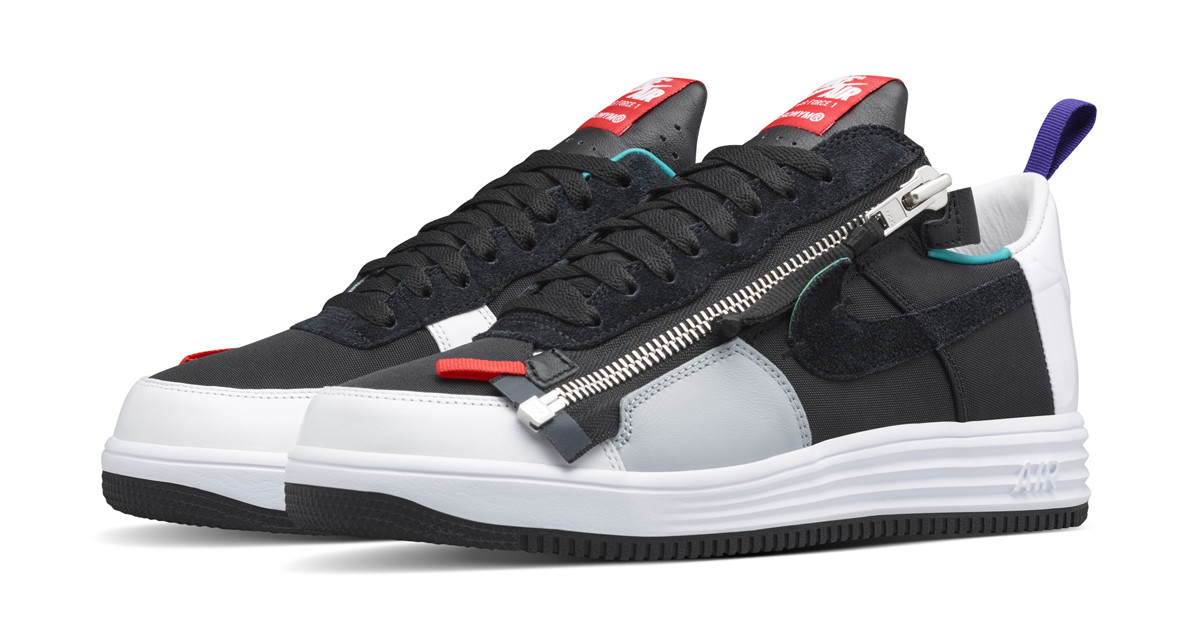
Did you show him the shoe, was he aware of it?
Yep! We were actually at the launch event in London at the NikeLab there. We had a good chat and had dinner all together, the team, and managed to talk to him for quite awhile. He was fantastic, obviously a legendary designer.
With the ACG stuff and the Nike projects in general, do you ever get worried about upsetting the people who have been fans for a long time? The ACG of today doesn’t look too much like the old ACG. Is there a worry about alienation?
Definitely. Like I said before, there’s a huge amount of heritage and you have to go to those situations with a lot of respect. ACG in particular was a little different because the directive from Mark Parker personally was like, “No retro. Don’t do the colors. Don’t make it the same. Make it triple black, and stealth, and urban.” It was much more about trying to not be repetitive, but trying to have the same spirit ACG had and same kind of swagger and aggressiveness—but do it in a new way. And hopefully we achieved that. We’ll find out as time goes on. But yeah, that’s the goal. You have to treat these things with respect. They’re cultural icons and they just mean so much to so many people.
I think one of the interesting things about the idea of not having the ACG line be retro-focused at all speaks to the product as performance product. I wonder if there are any cool examples you’ve seen of that now that ACG is back, with people wearing the gear in really extreme conditions. Have you seen that?
Yeah, there’s so many crazy Instagram photos of kids doing urban exploration. They’re on the top of skyscrapers, hanging off.
Which we know Nike doesn’t endorse obviously.
I don’t even want to know how to get up there, but I’ve seen some stunning images and it’s pretty exciting to see. One of the most rewarding parts of our work with Nike is that the kind of reach that they have is unparalleled. The fan base is gigantic and there are some super talented individuals out there contributing to the whole thing too, so it’s amazing.
